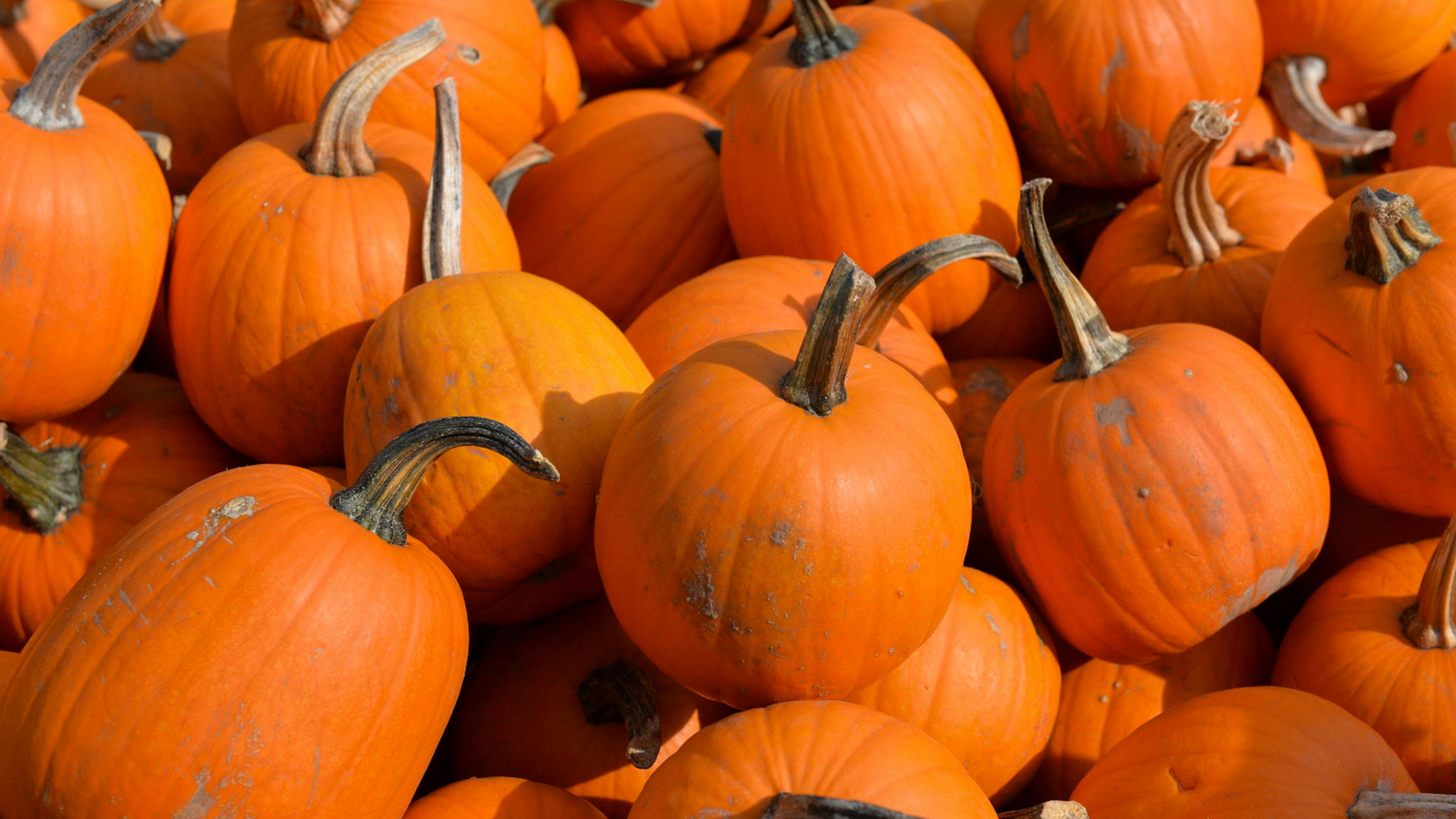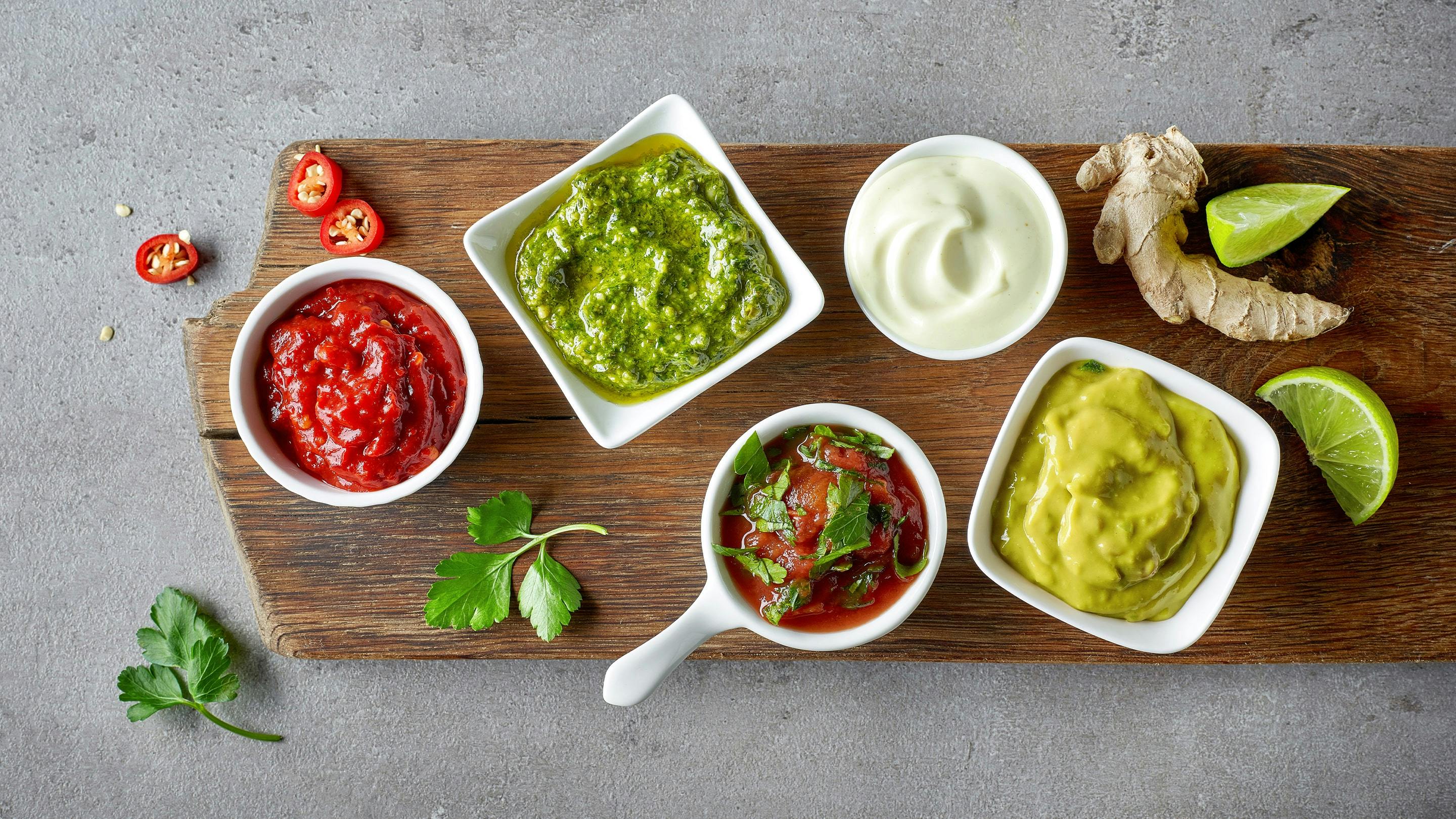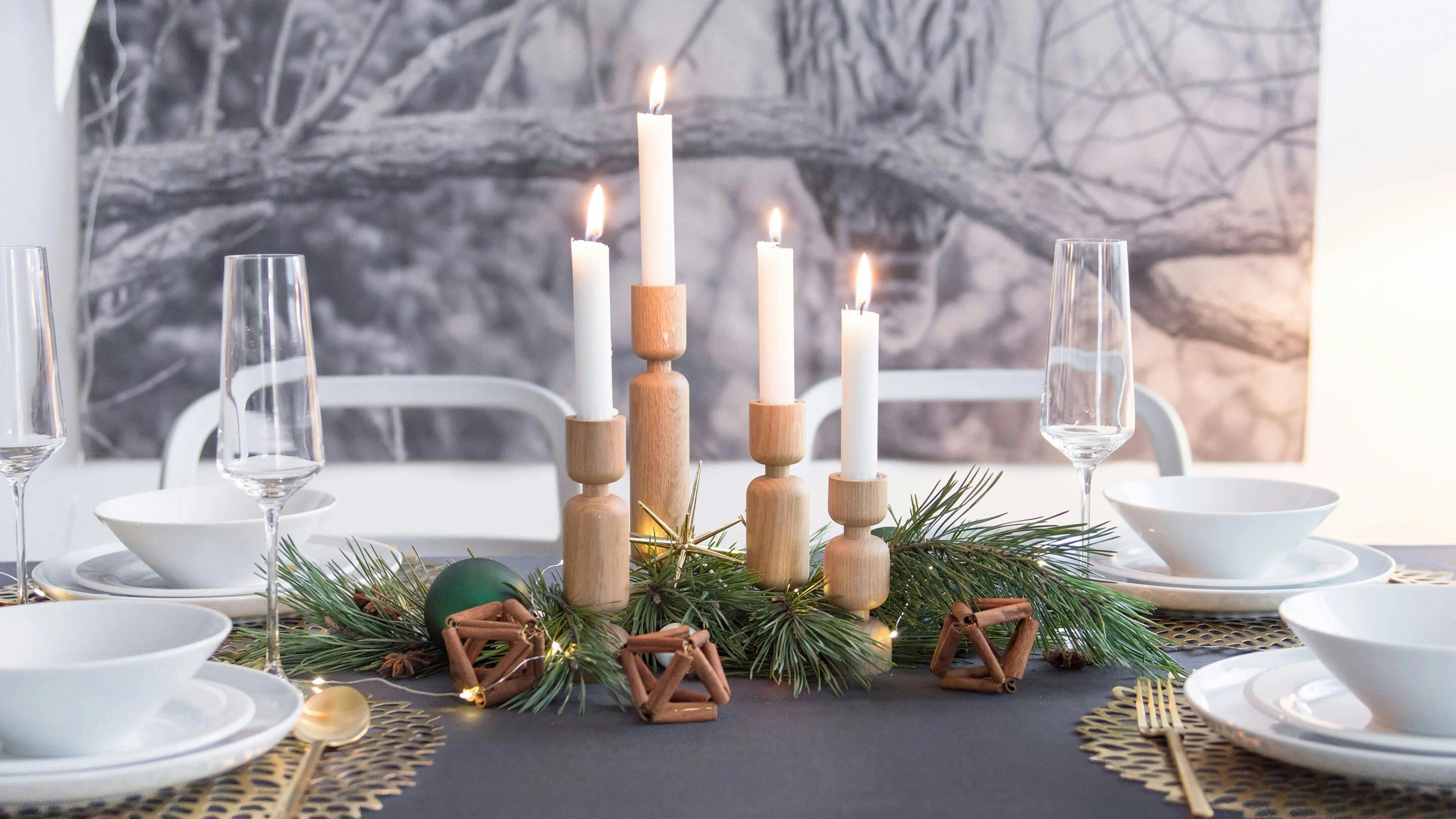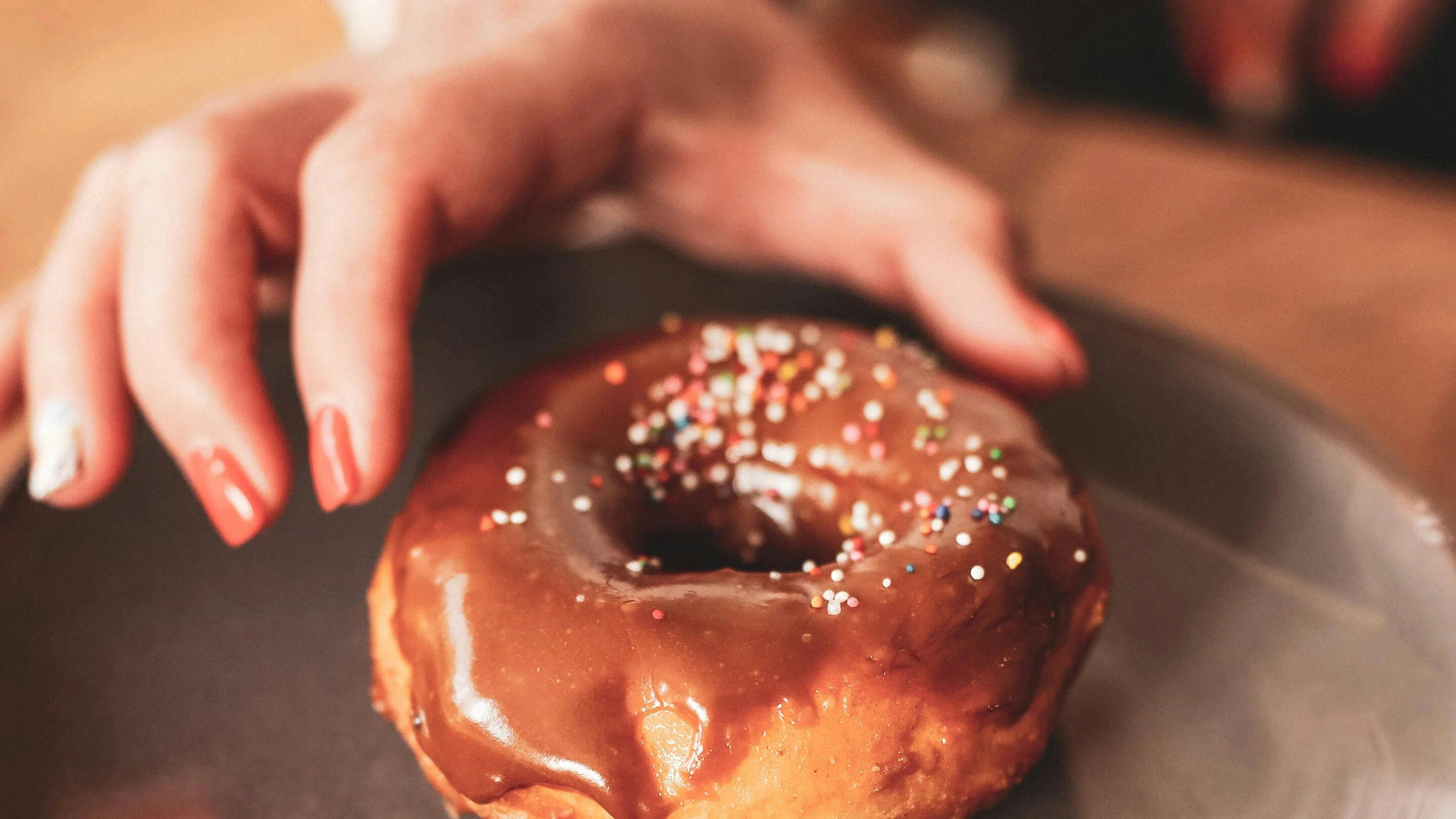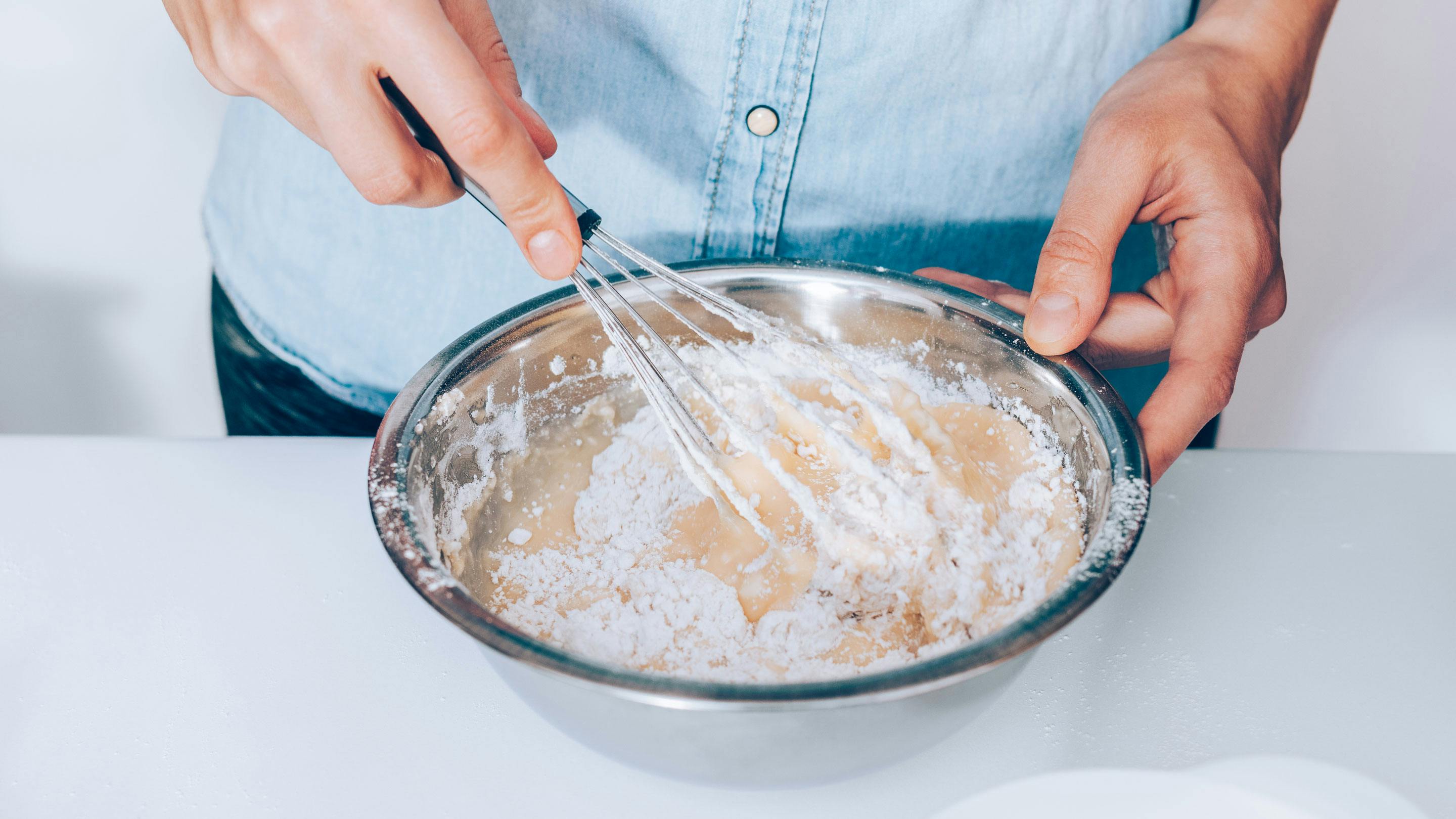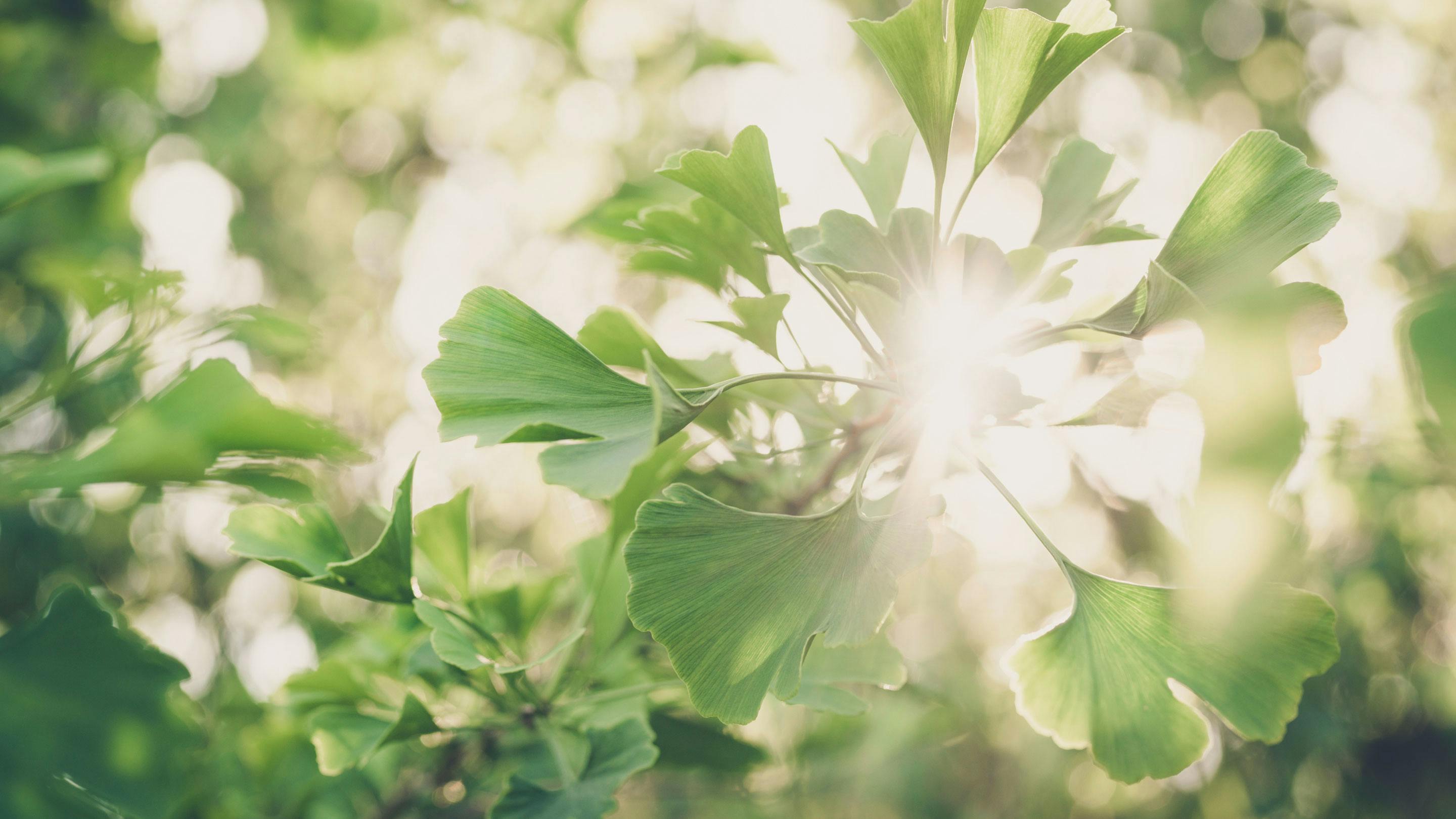At the latest when the doorbell rings on 31 October and children's voices shout "trick or treat" at you, you know it's Halloween again. For several years now, children and young people have been celebrating the night before All Saints' Day in our part of the world. However, very few of them know about the origins of the festival.
The Celtic festival
It can be said that Samhain was the New Year’s Eve in the Celtic calendar. The Celts believed that they had access to the Otherworld on this night. People feared the night as they thought that the dead wanted to take revenge on the living or that ghosts were up to mischief. They were therefore reluctant to leave their homes or disguise themselves so that the spirits of the Otherworld could not recognise them.
However, this date also symbolised renewal. For example, fires were lit to symbolise the sun. These fires were believed to have a special, purifying effect. The Celts said goodbye to the old year with the flames.
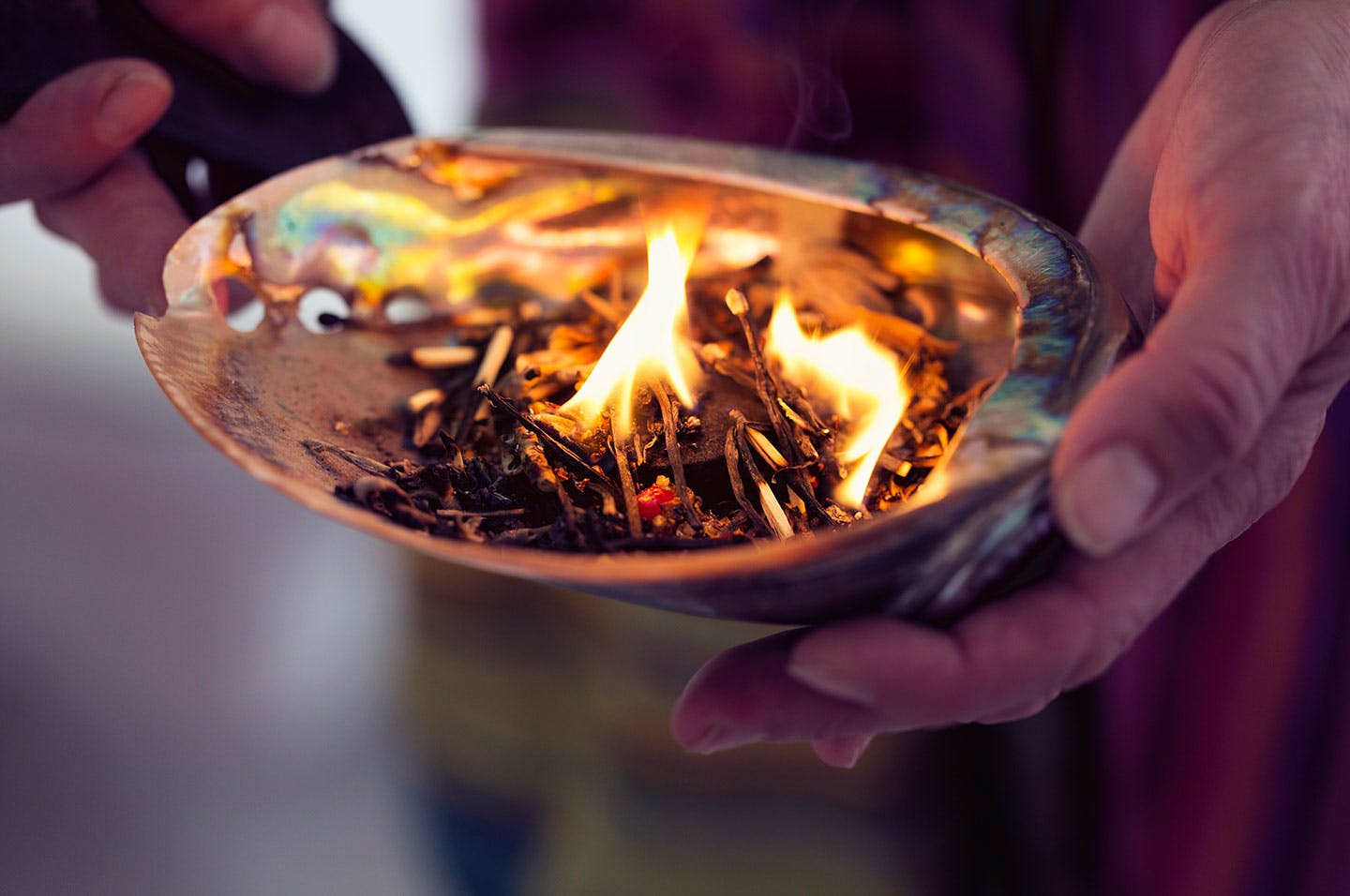
Preserving and smoking, fixed points of the dark season
The time around Samhain/Halloween/All Saints’ Day was also the beginning of a quiet period. A time when all kinds of items had to be repaired that would be needed again the following spring. Food was also preserved so that people could enjoy fruit and vegetables during the cold season.
People also burned incense to cleanse themselves and their households – and certainly also to spread pleasant odours. Juniper, for example, drives away bad thoughts and energy and has a cleansing effect. Rosemary is said to scare away evil spirits, and sage has a concentration-enhancing, relaxing and psychoactive effect. Garlic was burnt to protect the home.
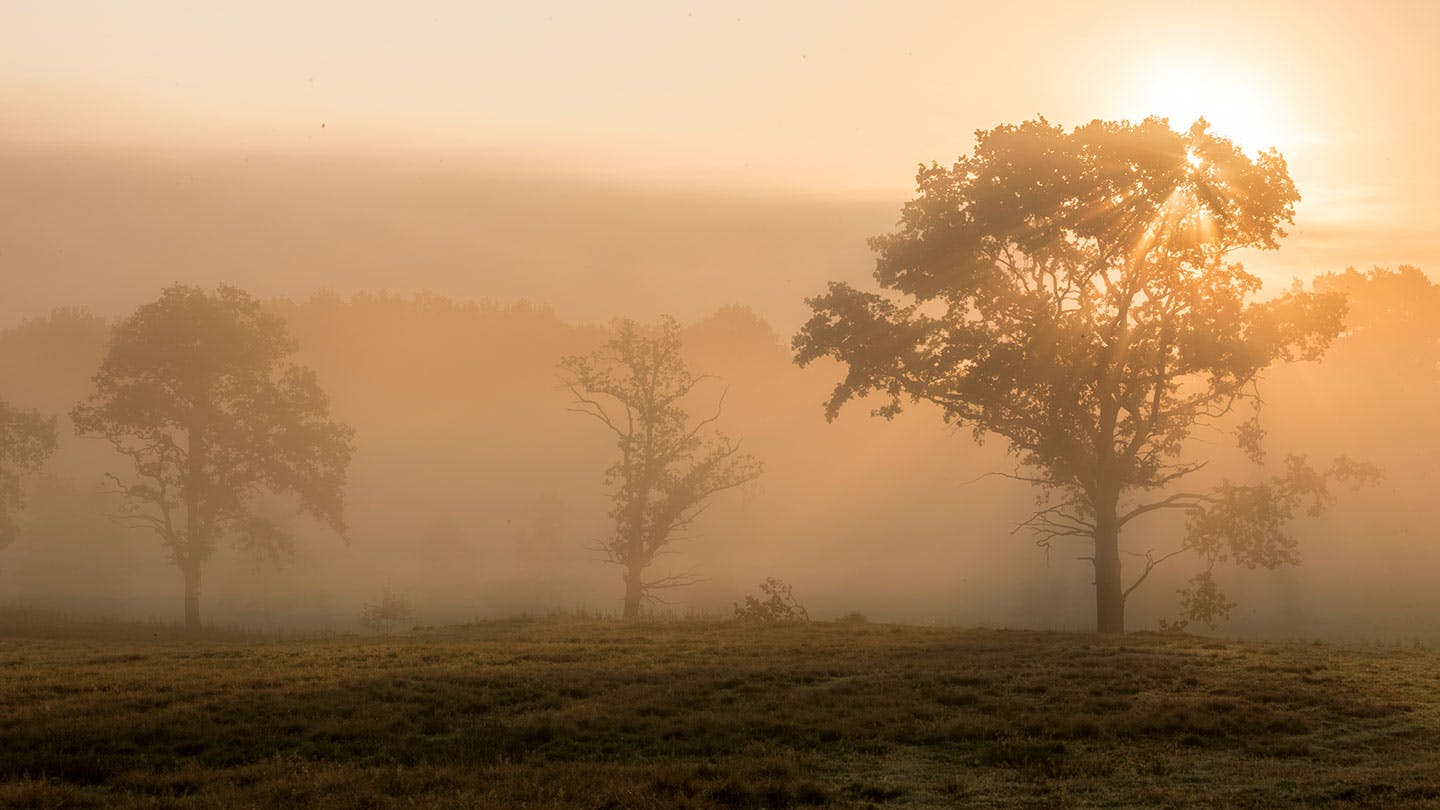
From Samhain to Halloween
The word Halloween comes from the term “All Hallows Eve”. This is the night before All Saints’ Day. After the Romans came to England, the Celtic festival of the dead was combined with the Roman festival of the dead. For example, candles were placed in hollowed-out turnips and placed outside the front door. The doorstep symbolises the threshold to the Otherworld, the world of spirits. With the many Irish who immigrated to the USA, this custom was also brought to the new world. However, they replaced the turnip with the local pumpkin.
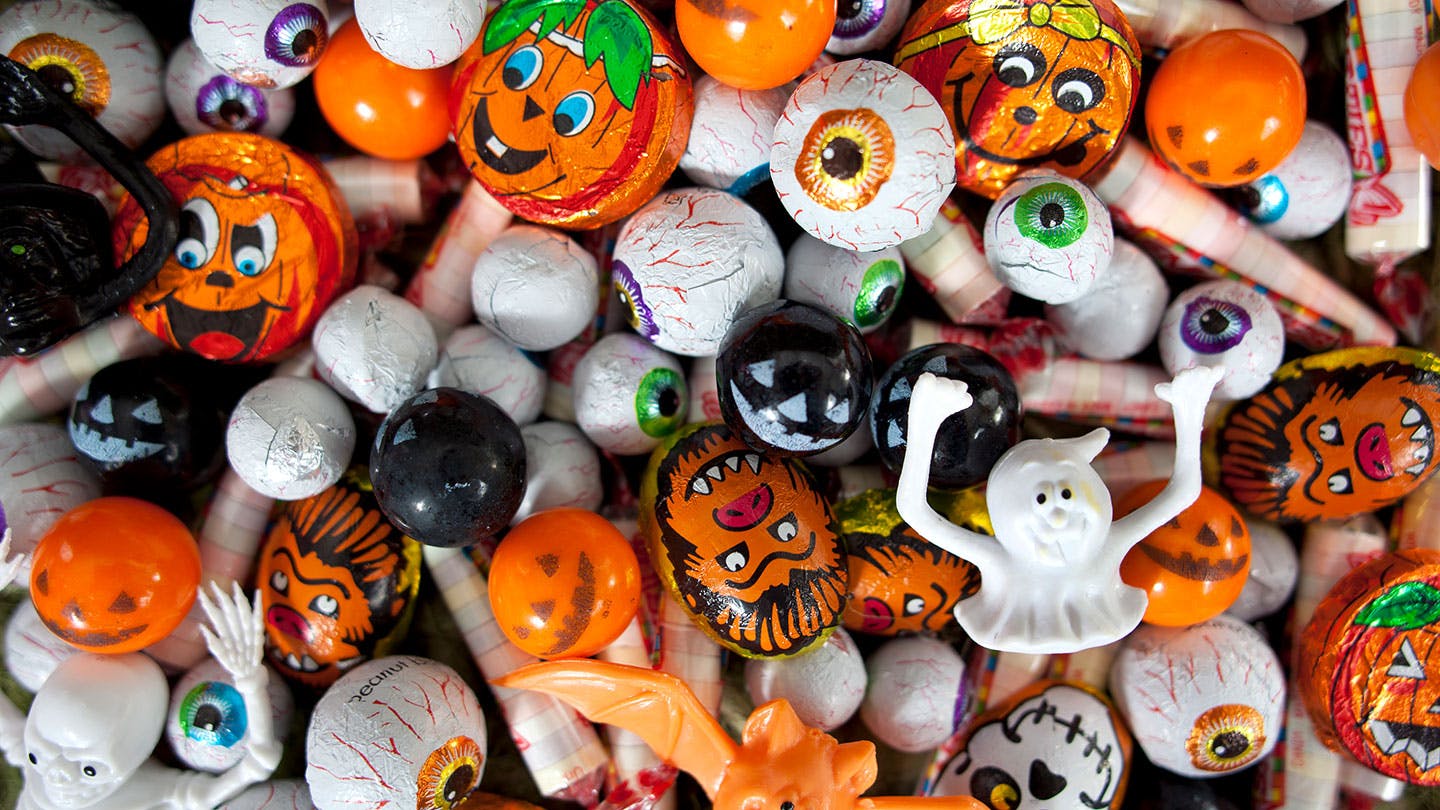
Modern customs
Commercial Halloween has now also arrived in Europe, a few years ago. Children go from door to door asking for sweet treats. Coffee house chains offer their drinks with seasonal syrup, and bakeries sell pumpkin spice baked goods.
But modern Halloween also brings friends together for an evening of good food and drink. After all, food brings people together.
Spice up the web! Share this article on...
Read more
Currently Viewing: 1 of

